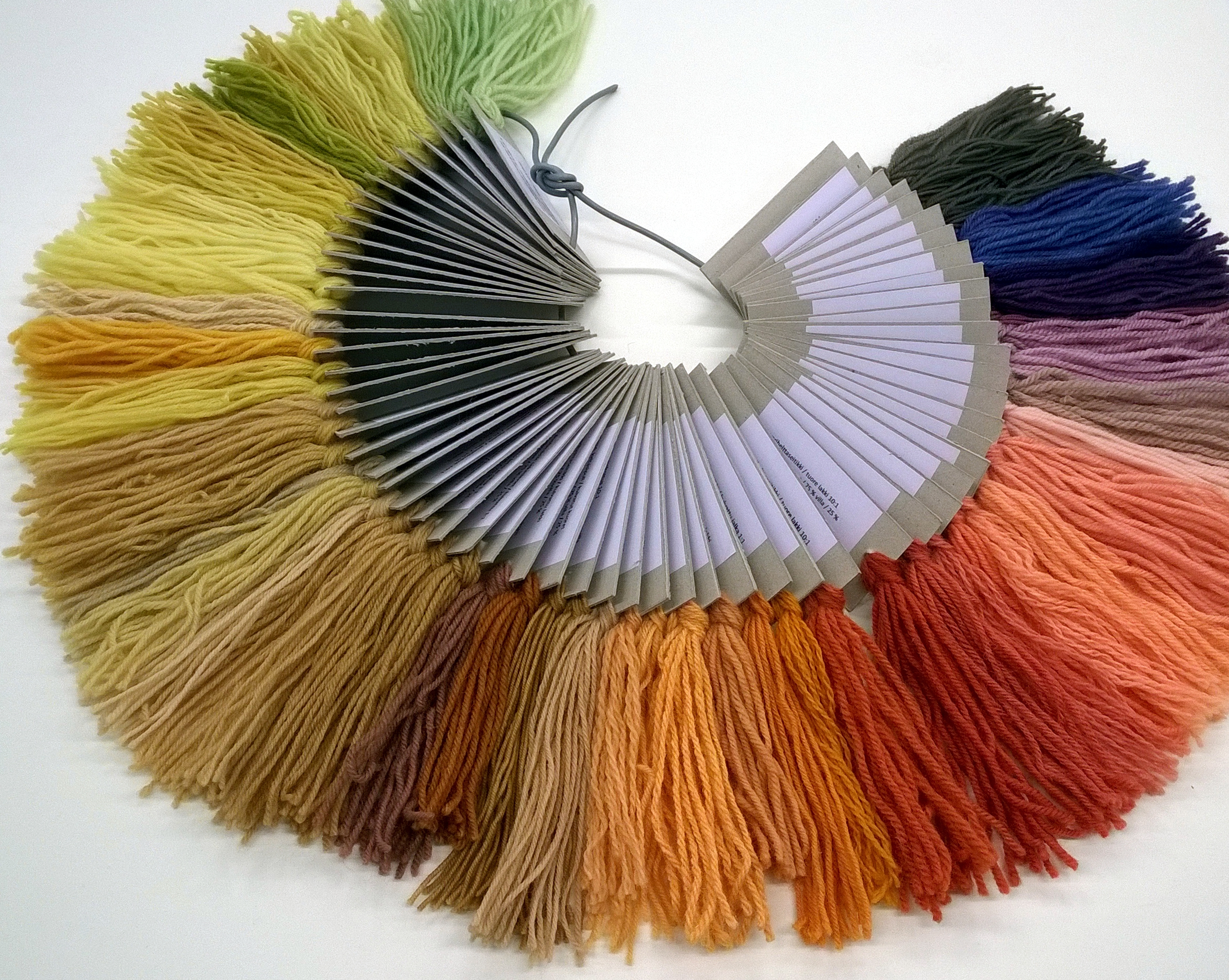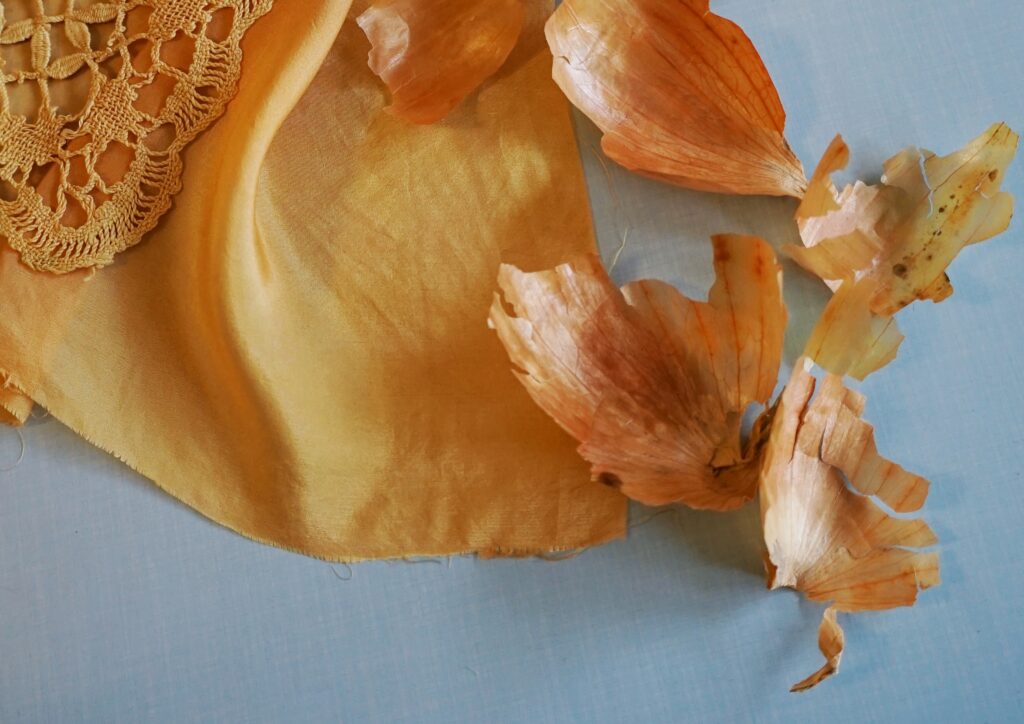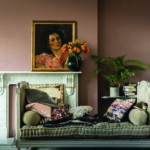That gorgeously colourful pillow/bedlinen/sofa/tablecloth you love so much? It wouldn’t be possible if an 18-year-old research assistant named William Henry Perkin hadn’t been trying to make artificial quinine in a lab in 1856. Because while he failed to meet that goal he did manage—by accidentally slopping a colourless aromatic oil derived from coal tar on another material — to create the first synthetic dye. By 1860, man-made dye was big business, their gaudy shades a huge attraction—especially to a rising Victorian entrepreneurial class that used finery as a way to signify social status.
Colour comes with a cost
Before that, all dye was plant or nature-based. As such, their hues were more delicate than contemporary shades, they varied regionally, and weren’t always fast. Alkaline dyes added an explosion of fade-resistant colour to home fashion and apparel, and made vibrant colours more practical and accessible.
That came with an environmental cost, one to which the textile industry is increasingly turning its attention, in part by looking back to the time before Perkin made his famous mauve.
Those natural dyes are, for example, the focus of a new exhibit Inspired by traditions and methods in place before Perkins made his mauve.
The newly-opened Sustainable Colour exhibit at Design Museum Helsinki includes works from some of Finland’s most interesting textile artists, including Pirjo Talvio-Pasanen, and Päivi Vaarula, as well as:
Challenges to change
BioColour is a research project looking for solutions to the challenges of producing plant-based dyes on an industrial scale. Their aim is to foster development of large-scale production of bio-colourants that use ingredients from the forest and food industries, as well as microbes from agricultural waste. Consideration is given to what harvesting the dyeing plants will do to the local ecology, and tests are done on the dye’s fastness and longevity.
Coloria.net is a website compiled and maintained by visual artist Päivi Hintsanen that has a wealth of information on the history of the use of pigments and the cultural significance of colours.
Exhibit partners also include the Finnish Dyer’s Guild, founded in 2001 to raise awareness of natural dyes and traditional methods. A stroll around their website is worthwhile because it links through to more fantastic weaving and textiles.
FUN FACT: Mauve became trendy after Queen Victoria followed suit, wearing mauve to her daughter’s wedding in January 1858. I guess it made a nice switch from the mourning black she wore for decades after Prince Albert died.
Click here to watch a seminar about bio-colourants here. It gets off to a slow-ish start but it’s fascinating stuff for those who love colour, textiles, or both.







